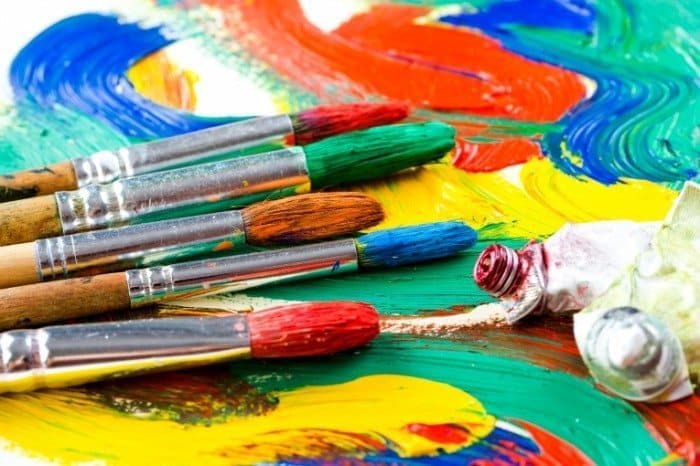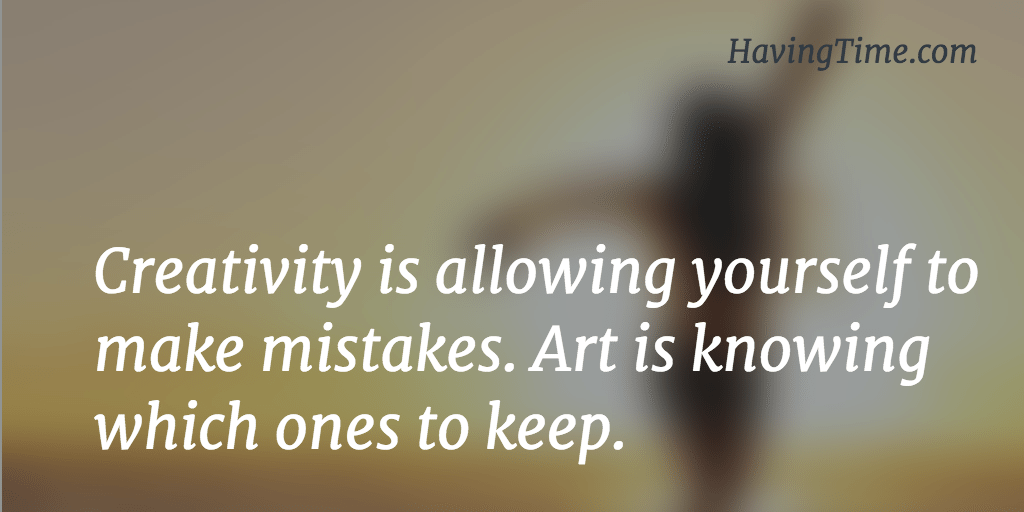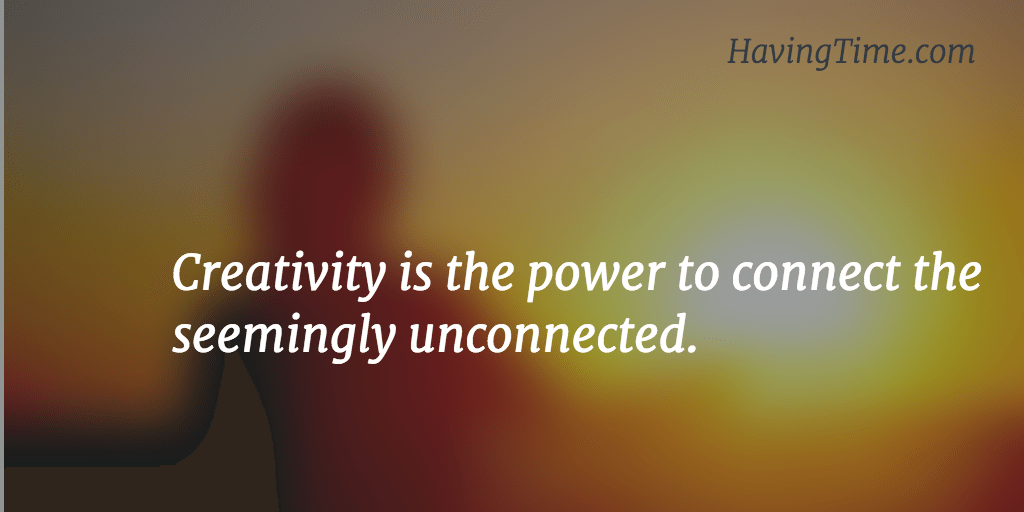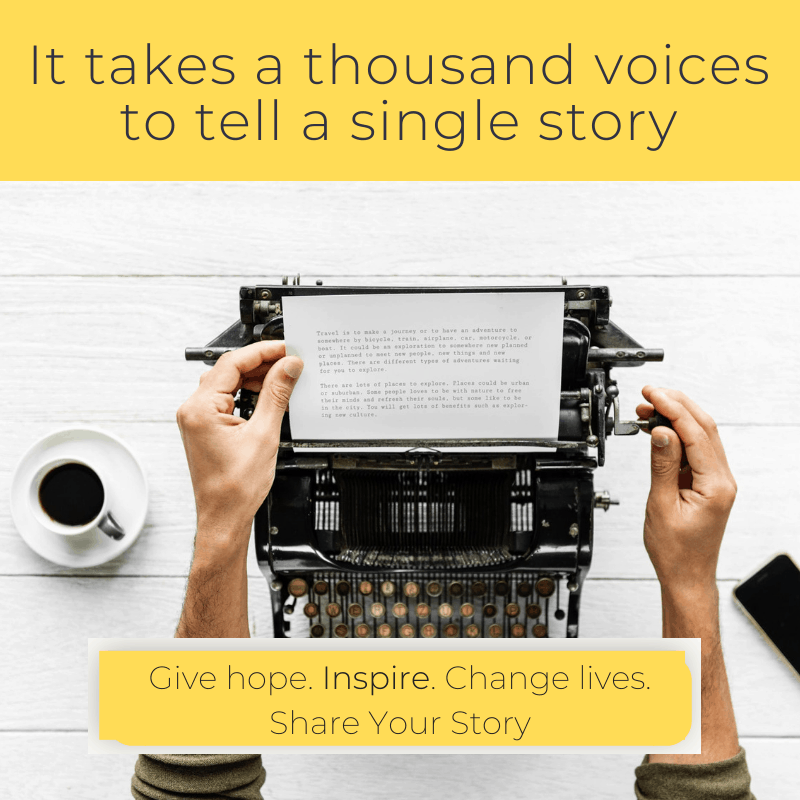 Creativity is the power to connect the seemingly unconnected. – William Plomer
Creativity is the power to connect the seemingly unconnected. – William Plomer
There is a state of mind which is not accessible by thinking. It seems to require a participation with something.
So says Lynda Barry in her wonderfully imaginative book What It Is. She maps out her journey as a creative person through drawings and words. She also urges us to look back on our journey and ask questions.
Leafing through this lovely book, I am reminded of my unanswered questions. I am an artist in the broadest sense, and I have slowed down my journey considerably by not asking them. Issues that I knew others would consider invalid, questions that I thought they would find inconvenient because they were hard to answer.
I was scared of asking these questions. I was scared that if I wandered too far in my quest for the answers, I would get lost. Above all, I was scared of making a mistake.

And how terrible would that be?
Maybe, you, unlike me, don’t think of yourself as a creative person (maybe just the word “artist” made you cringe). But you do want to find the freedom to ask your questions. You do want to follow the whisperings of your own heart and not be so scared of making mistakes.
You want to live a rich, expansive, creative life.
For most of us, learning to be fluid, to let ourselves color outside the lines means learning a new way of being. We are, in effect, re-orienting our position in time and space.
How can we do this? Here are some things that I am learning that might help you as well
Thinking and Creating are Two Different States of Mind
Of course, we need to think. But we also need to live, to experience things. Thinking can’t stand in the place of trying something, of experimenting, of actually using up the creative impulse you have.
Lynda Barry talks about this different frame of mind that can’t be accessed by thinking. This state might feel inaccessible or mystical, but Barry gives us a very accessible example.
What do we do when we are stuck in a boring meeting or waiting for someone to come back to the phone? We doodle.
“Have you wondered why this is? ” Barry asks. Why do most people who felt “bad at art” when they were in school still draw lines and squiggles in the margins of pages? The reason, Barry tells us, is because “it helps us maintain a certain patient state of mind and there is a part of us which has never forgotten this.”
This was the reason why we liked drawing as kids, although we may have never noticed this effect with the thinking part of our minds. Barry, a multi-talented artist – a painter, cartoonist, and writer – tells us: “Drawing can help us stand to be there. That, alone, is something.”
For many of us, this is an important realization, which we can access a different state by doing something non-thinking. This is something that engages us. Instead of letting our nervous, creative energy spin us topsy-turvy, instead of ruminating and over-thinking, we can open a channel so that we can access a deeper way of being.
Then, we realize that thinking is just one state of mind.
We can also commune with a deeper, more engaged facet. We do this by getting in the flow. Drawing is just one example of activity that pulls you into that present, yet non-thinking space.
For you, it might be something else.
The Truth About Nurturing Your Creativity
Here, in the Silicon Valley, I know many engineers. Most of them don’t like to draw. A large number of them do like assembling toy cars or robots and building Legos. All these playful activities are organic to their way of being. In both their play and work, they are using their strengths – fitting different parts to build a larger system.
Their play has similar qualities to what drives their work.
Whatever your choice of flow activity might be – whether it is cooking or playing music or watching birds – you can tune into a more fluid, engaging space through it.
You might find yourself creating more than you ever could before, just by letting the pull of what you love to draw you in and energize you. More importantly, you might find yourself creating a more artful life.
Messes Can Turn Into The Beginning of Creativity
In a mess, an inventive journal full of prompts urging us to, guess what, make a mess, Keri Smith gives us a fundamental permission for creative work.
It is to try something without being scared of making a mistake.
In fact, in this “manual of accidents and mistakes,” Smith urges us to crack an egg on the page, blow liquid through a straw, rub paint on our elbows and rub it on the page, take blind photographs and pictures of our daily messes (like an unmade bed).
As I do some of these exercises, I find that it’s surprisingly easy to make a mess, even for a perfectionist like me. It is almost as if getting an outside permission can counter a deep-seated belief.
I have been responding automatically to this voice in my head that says: “Either does things perfectly, or not at all.” Though making a mess shows me that there are very few actual mistakes (and they are not the ones I make on the pages of this journal).
Every exercise feels like an experiment. I drop a blob of ink on the T-shirt of a man drawn in the journal. When it dries, it looks like a bug splattered on top of it. It looks cool. Other exercises have similar results.
They seem to be waking up my exploratory mind, and I can see associations forming, ideas spilling out as I make one mess after another.
I have a visceral realization that a creative act is not about getting it right. It is about experimenting, staying loose, letting things come up.
What we think of as a mess or a mistake, is often the starting point.
In the beginning, when we are creating something, we are bringing a new being into form, whether it is a drawing, a novel or a bedside table that we are repainting. This new being, if we are new to making things, might be ungainly.
But if we complete the process, let ourselves do things imperfectly, we gain the skill to create something better, something more. In fact, sometimes, we might find that not knowing exactly how to do something lets us be more playful and gives us good (if not “perfect”) results.
Encouraging ourselves to make a mess can help us weed away the faulty belief that stifles so much of our creative life: “To be loved, we need to be faultless, pristine.” We might have learned this belief a long time ago, and if we are sensitive (as most creative people are), we might have internalized it so well that it feels like a fault-line running through our very being.
But it is just a belief, however toxic. We can update it. We now know better.
We can take the actions we need: deciding that it is okay to experiment, it is normal to try something new, however imperfectly, and see that what kept this belief alive was the power that we were giving away to it. When we act, it starts losing its power.
Creativity Needs a Safe Container to Hatch
If you are trying to hatch a new way of being, you need to find a safe space to be in. A safe space means a place where your fledgling attempts are not denigrated.
A safe space means that you recognize that as a sensitive and creative being, you have a very thin membrane separating you from the rest of the world.
In this time of change, you don’t want to let in things and opinions that might kill this process right at the start. As a sensitive person, I find that when someone is indifferent towards them, I start valuing my ideas less. Just like a child beginning to walk, I need all the encouragement I can get. Forget active criticism, a lack of understanding or mirroring can slay my nascent interests.
At the start, we don’t have enough ego strength to withstand judgment. So, we need to set protective limits, and only discuss ideas with those we know can encourage our process.
Small, fledgling ideas don’t need a wet blanket thrown on them.
It is only we who can fashion this creative space for ourselves. It is only we who can give ourselves a sense of importance.
As we start becoming more creative, we start losing some of our fixation on finding answers outside ourselves. We see that we have a way of feeling present and engaged that doesn’t depend on anyone else.
We always have access to this power. We only need to exercise it.
I hope that some of these ideas might have struck a chord within you.
I hope that you explore all that you love. I hope that the pull of your many loves helps you create a richly-layered, beautiful life.






